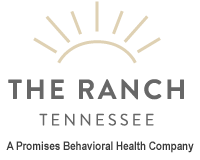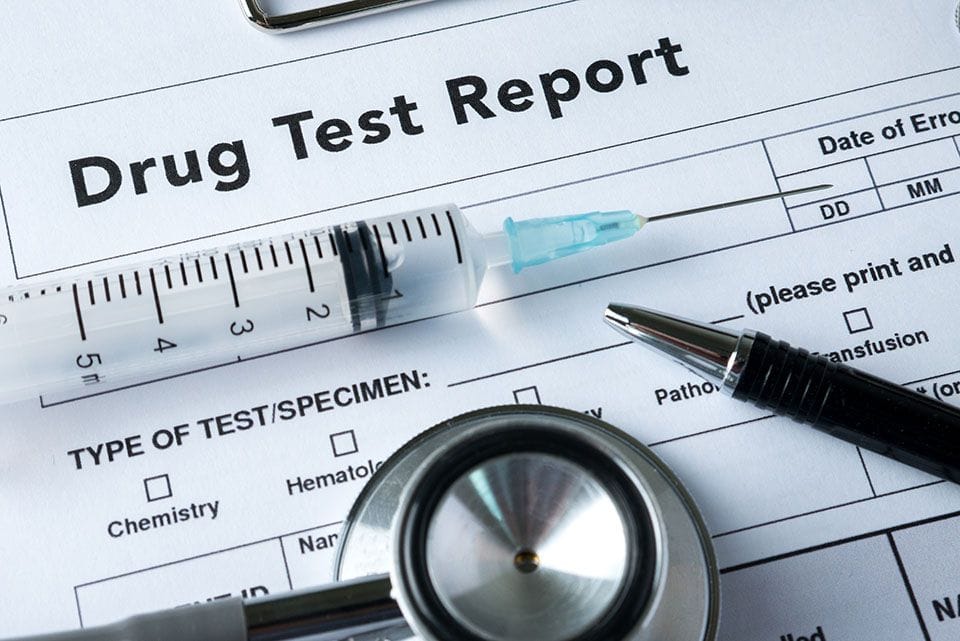Those who use the drug kratom may be in search of pain relief, a study aid or an easy high, but they could get something completely different, warn those on the frontlines of addiction treatment. Michael Baron, MD, MPH, FASAM, medical director at The Ranch rehabilitation facility in Tennessee, is one who has seen an uptick recently in those seeking help after experiencing psychosis and other symptoms traceable to kratom, which comes from the leaf of a tree native to Southeast Asia. “It is a significant drug in that it does makeone impaired, and it can act as a hallucinogen, so it’s similar in that way to hallucinogenic mushrooms or LSD,” Dr. Baron explained. “That usually doesn’t happen initially, but as onegoes up on the amount they use, then they can become psychotic.”
What Is Kratom?
Kratom is available in leaf, capsule and powder form and is most commonly ingested as tea. Thailand banned it long ago, and several other countries have since followed suit, including Australia and Malaysia. In the U.S., however, it’s legal (except in Indiana) and unregulated, although listed as a “drug of concern” by the Drug Enforcement Administration (DEA). Users seek its combination of stimulation and opiate effect, which can relieve pain, improve mood and boost energy. Southeast Asian workers traditionally chewed the leaves to keep up stamina for hard labor, for example. Some find kratom helps minimize withdrawal symptoms from more powerful drugs, such as heroin or cocaine. Indeed, ongoing research is indicating kratom may hold promise as an aid for those attempting to kick an addiction. Thailand is even considering making kratom legal again as a potential way to wean its population from growing methamphetamine use. “Like many drugs it can be useful in appropriate amounts,” Dr. Baron said, “but in excess it can cause some real harm. The people that we see basically lose control, and they are using a lot more than they intended to or wanted to.”
Kratom Addiction and Withdrawal
Kratom can be addictive, according to the DEA. And a recent study of regular kratom users in Malaysia found that more than half developed severe kratom dependence, with withdrawal symptoms that included muscle spasms and pain, insomnia, watery eyes and nose, restlessness, tension, sadness, hot flashes, fever, decreased appetite, diarrhea and nervousness. In his clients, Dr. Baron has seen withdrawal similar to “a mildish form of opioid withdrawal,” with restless legs at night, despondency and low energy. “But still, withdrawal — not pleasant by any means.” When clients come to him, their symptoms can be dramatic, he said. “I have definitely seen psychosis,” he said. His first client, in fact, was “very psychotic initially” and neither Dr. Baron nor the family knew what was going on until an investigation of credit card receipts showed a history of kratom purchases. The good news, Dr. Baron said, is that once the drug clears the system, which usually takes two to three days, the sufferer starts to get back to normal. Withdrawal symptoms can last longer, about a week.
An Unpredictable Drug with Unpredictable Effects
In the U.S., Kratom is readily available online and in some smoke shops. “One of our patients was getting it by the bushel, still in the green leaf form,” Dr. Baron said. But it’s the powdered formulation that worries him most. “That’s really where one of the big problems is because you’re not sure what you’re getting. It’s not regulated, so you don’t know what the purity is, what the strength is, what the product even is. The more it’s processed, the less likely the user is to get the actual ingredients they want.” Another concern is that kratom is often mixed with other substances, causing unpredictable reactions. In the clients that he has treated, Dr. Baron said, kratom has always been used with something else, usually a stimulant. In Thailand, where kratom remains popular despite its illegal status, the kratom leaf is often mixed with cough syrup, a concoction called “4×100.” Dr. Baron has seen clients of all ages, but says the product appears to be most often marketed toward the young. So what should a parent say if they find out their child is using kratom? The message should be that just because kratom is easily accessible and legal doesn’t mean it’s safe to use. “There are a million reasons for a parent to be concerned if their child is using anything from a head shop or from an Internet source,” Dr. Baron said. “For one, with any drug or medication or herbal remedy on the market that’s not FDA regulated, you can’t tell what the purity of it is, you can’t tell what it actually is. It might be something that is completely not what you’re not expecting it to be or it may be the real deal. Or the purity may be much higher from one brand to another brand, so you use the same amount but now you’re causing an overdose because one is much higher purity.” Asked whether he thought kratom should be illegal in the U.S., Dr. Baron said, “I’m still struggling with criminalization or decriminalization of drugs. I think putting treatment over law enforcement is the better way to go.” But, he said, he would be happy to see less access — no more kratom on the Internet or at hand’s reach on store shelves. Indiana banned the drug in 2012 and other states are reported to be looking at doing the same. But whether or not kratom is legal, “I absolutely encourage people not to use it,” Dr. Baron said. Despite its long history, research on its effects is limited. “No one knows much about this drug.”


